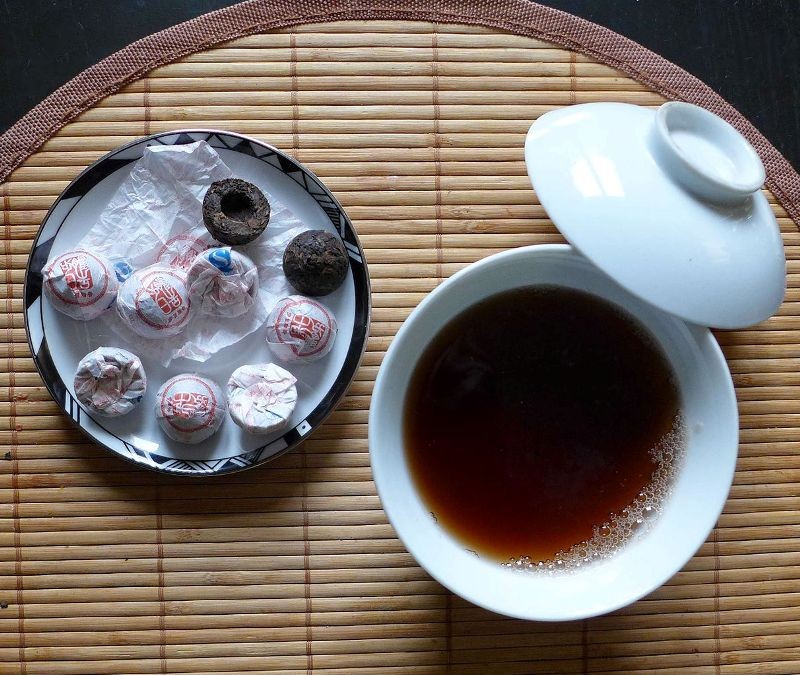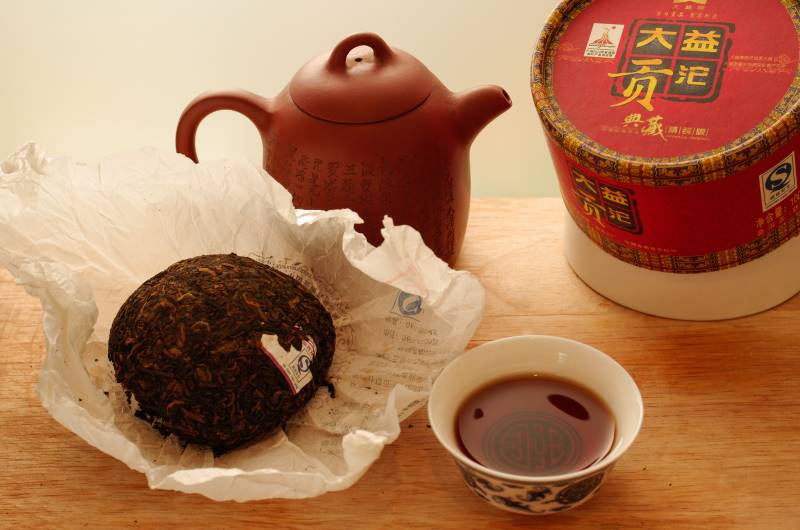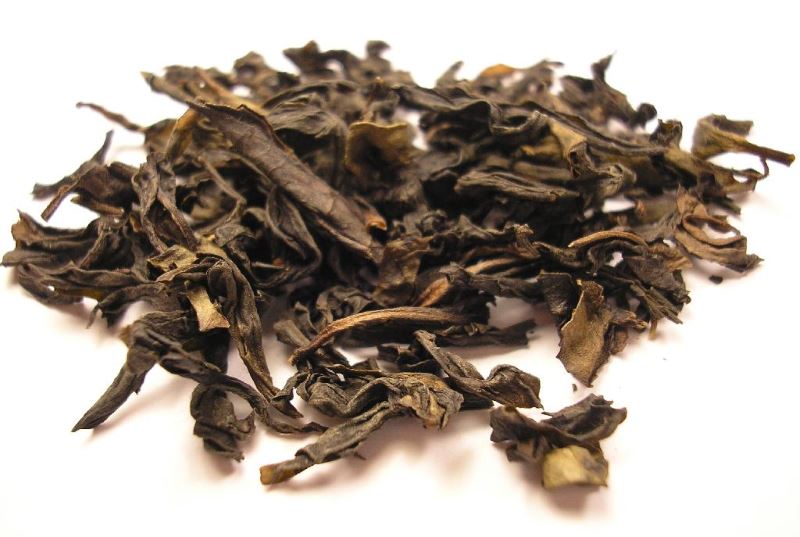
by Ryan | From the Interns, Tea Education
For most of its history, a teawright created pu-erh using the techniques to make sheng. But, the process is slow, and it takes many years for pu-erh tea to be crafted this way. As demand for pu-erh increased, many tea companies began to look for a way to speed up the process. So, in 1973, the Menghai Tea Factory and the Kunning Tea Factory devolved a method they called “Wo Dui”. This roughly means “wet piling” in English.

by Ryan | From the Interns, Tea Education
Pu-erh is an aged tea that has its origins in the Yunnan province of China. This tea has been a popular drink and export from the province for hundreds of years. It’s cultivated from the wild tea trees (the Camellia Sinensis plant that all tea comes from) that grow on the mountains. Local teawrights craft the leaves, and then allow it to age for many years. It’s during this aging process that the leaves will undergo fermentation.

by Ryan | From the Interns, Tea Education
For much of its history, the oxidation process in tea crafting has been erroneously referred to as the “fermentation step”. This is because people assumed that the change of color in the leaves was the result of traditional fermentation. This is not the case, as fermentation requires microorganism, such as yeast. As advances in technology made it easier to study molecular chemistry, tea crafters were able to identify this process as oxidation, rather than fermentation.



